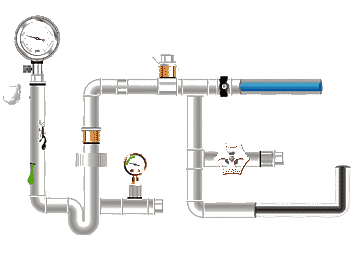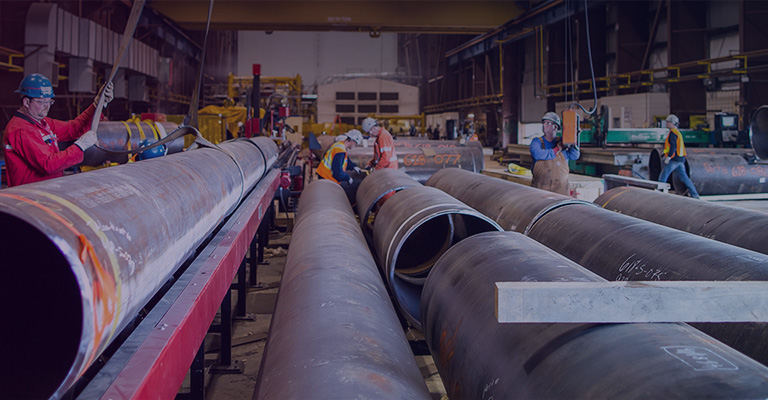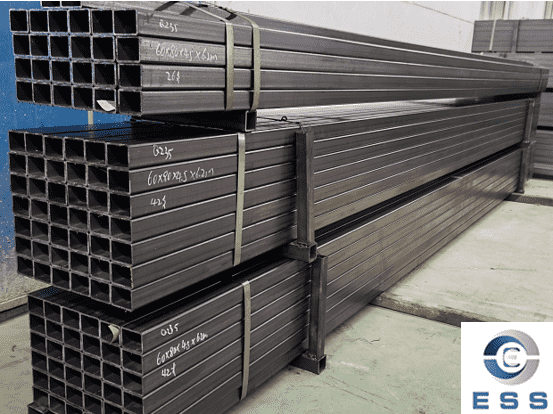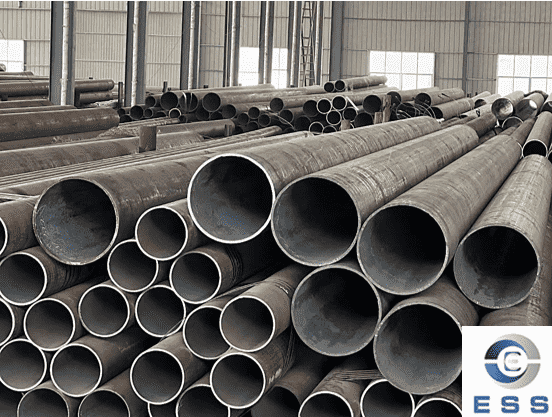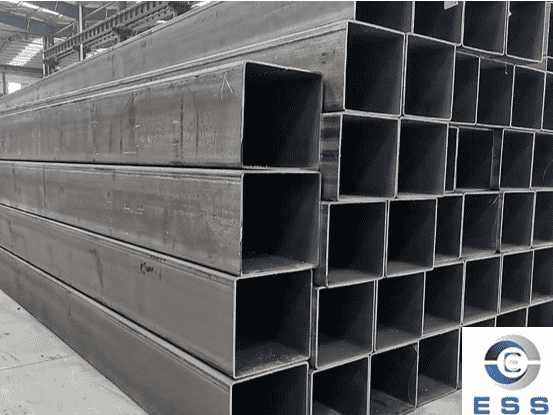There are significant differences between carbon
steel pipe and stainless
steel pipe in many aspects, including material composition, corrosion
resistance, physical properties, application fields, and price.
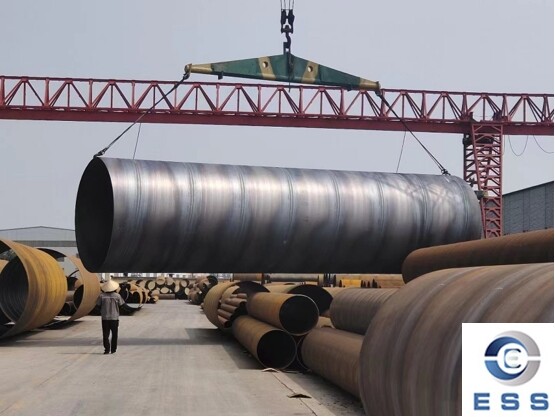
Material composition
1. Carbon steel pipe
Carbon steel pipes, also called carbon
steel pipes, are mainly composed of carbon and iron, and sometimes contain
small amounts of other alloying elements such as manganese and silicon. Common
carbon steel pipe materials include Q235, Q345, 20#, 45#, etc. The carbon
content and alloying element content of these steels are different, resulting
in differences in their properties.
2. Stainless steel pipes
The main components of stainless steel
pipes are chromium, nickel, iron and other elements. Especially when the
chromium content exceeds 12.5%, a protective film (passivation film) can be
formed on the surface of the steel pipe, thereby significantly improving its
corrosion resistance. Common grades of stainless steel pipes include 304, 316L,
etc. These grades of stainless steel have different corrosion resistance and
mechanical properties.
Corrosion resistance
1. Carbon steel pipe
Since carbon steel pipes are mainly
composed of carbon and iron and contain less alloying elements, their corrosion
resistance is relatively poor. Carbon steel pipes are prone to rust and
corrosion in humid, high temperature or corrosive media.
2. Stainless steel pipes
Stainless steel pipes contain elements such
as chromium and nickel that can react chemically with oxygen in the air to form
a dense oxide film, thereby effectively preventing further corrosion of the
pipe. Therefore, stainless steel pipes have excellent corrosion resistance and
can be used for a long time in a variety of harsh environments.
Physical properties
1. Carbon steel pipe
Carbon steel pipes generally have high
hardness and strength, but relatively low toughness. The shape of the
stress/strain curve of carbon steel pipes is relatively direct and has an
obvious yield point.
2. Stainless steel pipes
Stainless steel pipes have better toughness
and tensile strength than carbon steel pipes. The shape of its stress/strain
curve is more complex and has no obvious yield point. In addition, work
hardening occurs during cold working of stainless steel pipes, which increases
their strength.
Application areas
1. Carbon steel pipe
Due to its low cost and good processing
performance, it is widely used in construction, machinery manufacturing,
petroleum, chemical industry and other fields. Especially in some situations
where corrosion resistance is not required, carbon steel pipes are an
economical and practical choice.
2. Stainless steel pipes
Due to its excellent corrosion resistance
and beautiful appearance, stainless steel pipes are widely used in chemical
industry, food, medicine, environmental protection and other fields. In
addition, stainless steel pipes are also commonly used in decoration and
construction fields, such as stair handrails, guardrails, etc.
Price
1. Carbon steel pipe
Carbon steel pipes are generally less
expensive than stainless steel pipes due to relatively low material costs. This
makes carbon steel pipes more competitive in some situations that have strict
cost requirements.
2. Stainless steel pipes
Due to higher material costs and relatively
difficult processing, stainless steel pipes are generally more expensive than
carbon steel pipes. However, its excellent performance and wide range of
applications make stainless steel pipes still in high demand in the market.
Summarize
Carbon steel pipes and stainless steel
pipes have significant differences in materials, corrosion resistance, physical
properties, applications and price. Carbon steel pipes have low cost and are
suitable for situations where corrosion resistance is not high; stainless steel
pipes have strong corrosion resistance and are widely used in harsh
environments and decoration fields.









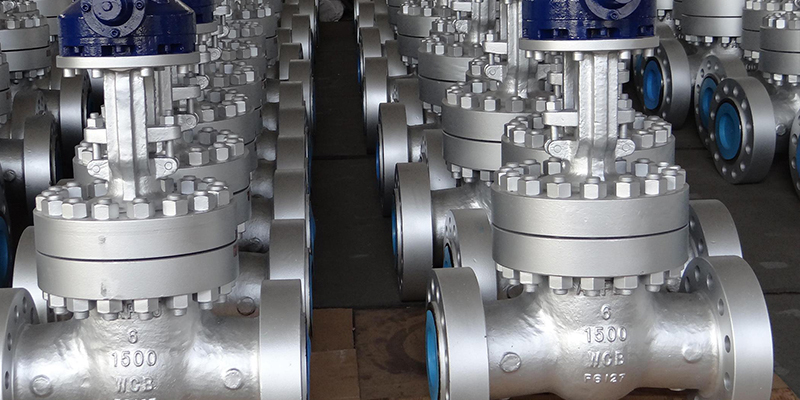
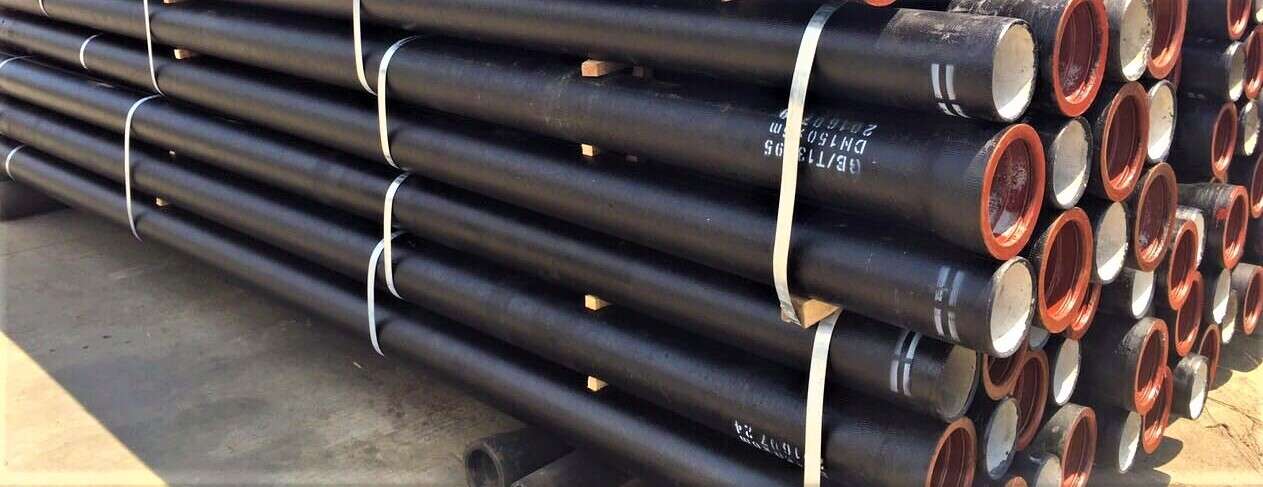


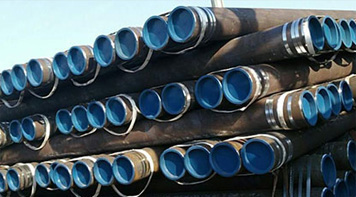 Eastern Steel Manufacturing Co.,Ltd not only improve product production and sales services, but also provide additional value-added services. As long as you need, we can complete your specific needs together.
Eastern Steel Manufacturing Co.,Ltd not only improve product production and sales services, but also provide additional value-added services. As long as you need, we can complete your specific needs together.
